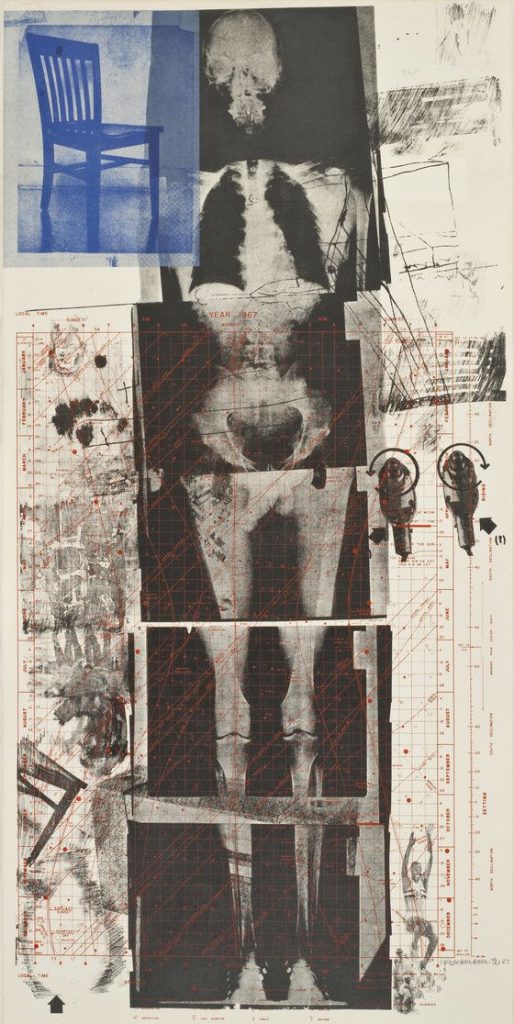Summary, notable parts and reflection upon Chapter 3 from the book Ocean of Sound by David Toop
The chapter (titled: Crystal World) is mainly about the American composer and sax player La Monte Young and glimpses into fragments about his career, influences, interests and life.
The Theatre of Eternal was La Monte’s band of performing groups including colour and light installations by his collaborator Marian Zazzela and included Jon Hassell on the trumpet, Garrett List on the trombone, Angus Maclise on percussion and John Cale playing a modified viola. The ensemble’s early work was available to be heard on a tape from 1964: ‘Sunday Morning Blues’. These are the people who lived around in New York bohemian circles and led creative lives including working with bands like The Velvet Underground, The Primitives and The Falling Spikes.
La Monte was mostly recording trance explorations influenced by rain as a rhythmic pattern. After some recorded tapes were sold so little of it survived to this day. La Monte Young’s music was only available on some limited copies of 7’’ Flexi-discs. Now in recent years some of his significant work has been made available on CDs even though they never reached the masses.
In 1962 La Monte opens ‘Dream House’ which was a space where his music would be played on a constant and experiences. The idea of a permanent location gave room for the pieces to grow, develop and evolve a life on their own and these were all before electronics were used in the music.
The chapter goes on some anecdotes about La Monte’s earlier inspirations from his time living at his grandmother’s house in Los Angeles, listening to power plants to his time at UCLA in musicology field. He listened a lot of different and eclectic recordings such as gagaku music, pygmy music and Balinese music doing his ethnomusicology minor at UCLA. By absorbing all of these musical information and collection of sounds in his head he draw inspiration and developed a unique take on music from early on.
Toop then goes on to talk about why he wanted to centre La Monte. Understanding La Monte was understanding of listening to yourself because he highlighted this discipline through his work. Toop says its almost like projecting your own nervous system against the background of sound which was a starting point of minimalism and influential names like Philip Glass that is so big today.
a swarm of butterflies encountered on the ocean:
Toop here lists a couple of year specific events he have been to and describes them a little bit including 1968’s Middle Earth —a psychedelic club in Covent Garden, London— 1994’s Disobey Club where he saw Aphex Twin and Richard James play and an evening in 1960’s with Yoko Ono accompanied by electronic music composer Richard Maxfield who had a view to collaborate with La Monte on different series of new music concerts.
Maxfield’s 1961 work Steam IV was a tape including processed sounds of steam recorded from radiators in his NYC apartment then manipulated which was inevitably inspired by David Lynch’s Eraserhead.
night music:
In this passage Toop looks a bit deeper into Maxfield’s work and his usage of oscilloscopes with a tape recorder. He thinks it was similar to sounds of insects and birds that you would hear on a summer night. It was also a bit about highlighting sounds that are not really audible. Like editing down the sound of a heavy traffic so it starts sound link like sea waves and surfing.
————
The chapter then goes on to touch Terry Riley known as a pioneer of minimal composing. Riley is originally a piano player that was inspired by the music of Bach, Debussy and Bartok. He wanted to always keep his art open to improvisation and making music on the spot. He was inspired by La Monte and John Coltrane and took up to play soprano. He becomes the a master in trance improvisation with his Persian Surgery Dervishes album recorded in 1971 and 1972 in Paris. The album consisted of recordings of an electric organ and a tape delay system. Riley’s influence places itself in electronic music when acts like Baby Ford and 808 State heavily uses repetitive and minimal piano chords in the Acid House recordings.
Overall this chapter talks about minimalist composers such as Terry Riley and La Monte Young, and their experimentations through the sounds that surrounded them, how their ideas came to life, which influences they took inspiration from and how it all developed. I enjoyed reading the chapter even though minimalism is the movement or sound I am least interested in music and production in general. It is really interesting to read and understand how paying attention to little sounds we are always surrounded by can trigger our conscious into developing new ideas fro them and turn them into pieces of our art. Being raised in a generation that mostly makes laptop music through midi processing and sampling , sometimes forget to appreciate the little sounds that are around me like birds, the sound of the wind, my surroundings and background and get drawn more into the loudest sound in the room possible. This chapter is inspiring me to pay attention a bit more to my surroundings and maybe do some recordings around. The part where the chapter talked about Maxfield’s idea of turning recordings into sounds that wouldn’t be audible like recording of a heavy traffic and processing it in a way so that it almost resembles a noise and sound of sea waves is inspiring and interesting. I have tried recording my surroundings once but I never actually experimented with them. Doing this reading, summarising and reflecting exercise is inspiring and motivating me to do so.
Toop, D. (2001) Ocean of Sound: Aether Talk, Ambient Sound and Imaginary Worlds: Ambient sound and radical listening in the age of communication. 5-star edition. London: Serpent’s Tail.

